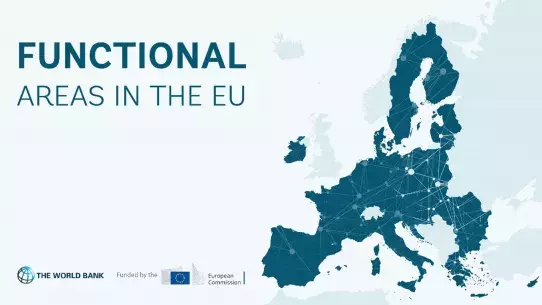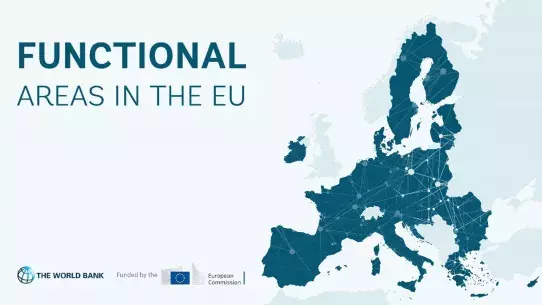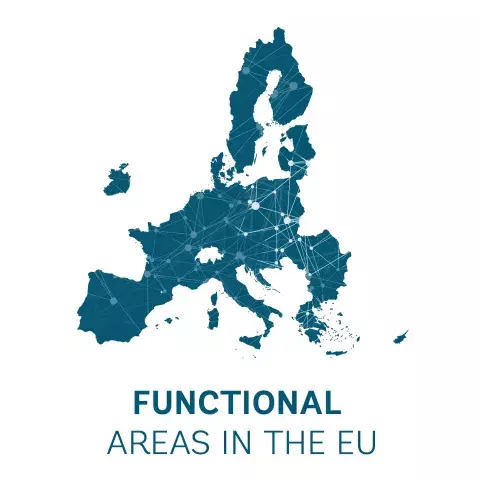Urban-rural linkages: regeneration of public spaces in the Cluj Metropolitan Area
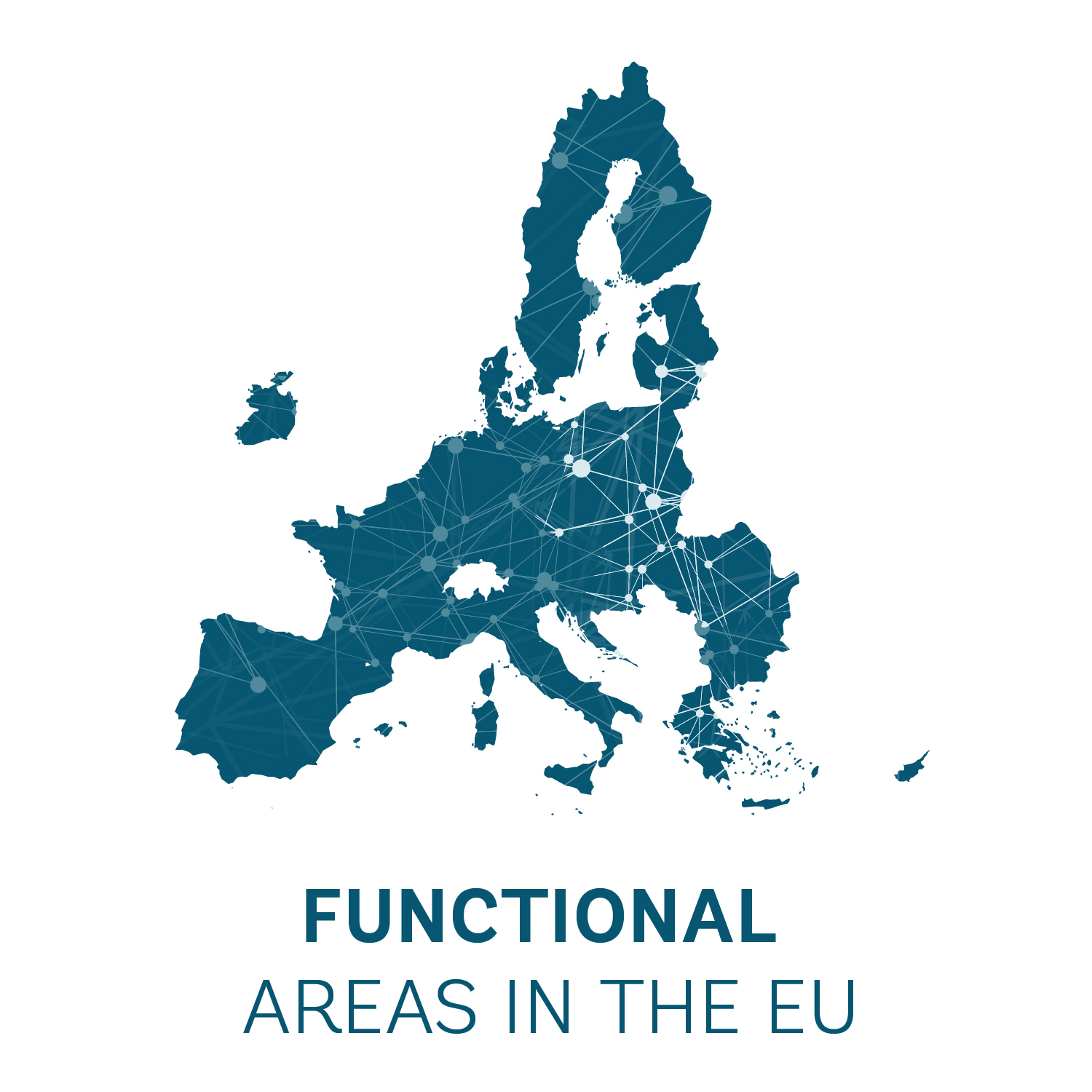
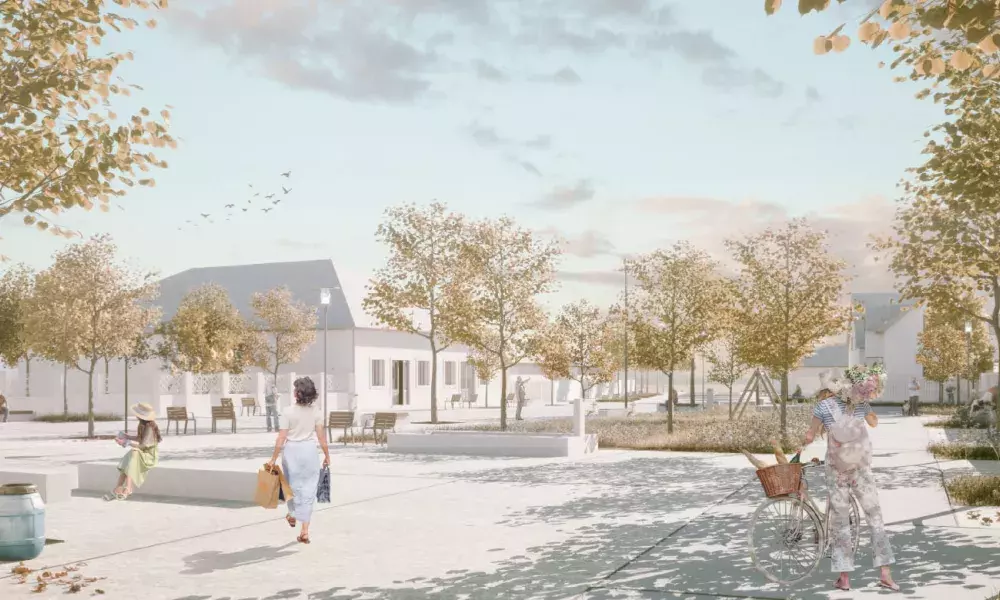
URBAN REGENERATION ChallengeMany of the rural localities in the Cluj Metropolitan Area are lacking good quality public spaces and services and require targeted measures to increase their attractiveness and reduce urban-rural disparities. SolutionFour new rural localities in the Cluj Metropolitan Area benefit from plans for the regeneration of public spaces in their central areas, as part of the Functional Areas in the EU project. Well-designed, attractive and coherent public spaces can significantly improve quality of life in sub-urban areas. Best practices in urban regeneration projects already implemented in Cluj-Napoca are being replicated in several localities of the Metropolitan Area, starting from the development of architectural concept studies for rural civic centres. “Through the transfer of good practices in urban planning, from the municipality level to the localities in the metropolitan area, Cluj is a trailblazer at the national level, as the first functional urban area where this transfer takes place” – Zoltan Coraian, Cluj Metropolitan Area Cluj-Napoca experienced the highest economic growth in the EU in the last 20 years, by attracting new talents, particularly young inhabitants. In this context, the metropolitan area of Cluj-Napoca also experienced intensive urban sprawl phenomena, particularly after 2005. Many of the rural localities in the Cluj Metropolitan Area are lacking good quality public spaces and services and require targeted measures to increase their attractiveness and reduce urban-rural disparities. As many of the rural localities are crossed by highly-transited national and county roads, the regeneration studies explore possibilities for reconfiguring their centres, starting with traffic restricting and calming measures. This reconfiguration is also enabled by the expansion of the highway network and ringroads, which creates new opportunities for rethinking public spaces in villages and communes. The aim is for the community to regain these spaces, and increase their quality, safety and attractiveness. Measures proposed include increasing walkability, access to services, cycling infrastructure and green spaces, or modernising public lighting. The development of concepts for the regeneration of public spaces in the localities of Cluj Metropolitan Area began in 2021, with the centre of Florești commune, and continued in 2022, with the centres of Gilău and Apahida communes. The regeneration plans involved a participatory process for the co-design of the solutions, with public debates organised by the CMA and the World Bank. As of April 2023, four new municipalities in the Cluj Metropolitan Area benefit from plans for the regeneration of their central public spaces. The plans were developed by the architectural office Planwerk from Cluj-Napoca, with the support and expertise of the World Bank, and in collaboration with the Cluj Metropolitan Area IDA and the Cluj County Council, as part of the Functional Areas in the EU project. The new plans were developed for the commune centres of Aiton, Săvădisla, Vultureni and the village of Nădășelu, from the commune of Gârbău, located in the second ring of localities surrounding Cluj-Napoca. They were selected in cooperation with the chief architect of the Cluj County Council, and with the participation of the targeted local administrations, based on the implementation capacity and replicability of the solutions. According to the General Director of the Cluj Metropolitan Area Intercommunity Development Association, Zoltan Coraian, the aim of this initiative is to provide local administrations with a coherent concept for the regeneration of public spaces in civic centres. The next step is the creation of the necessary documentation (feasibility study and technical project) at the level of the town halls. Finally, the Metropolitan Area IDA and the local administrations will identify the funding sources for the implementation of the concepts. The concepts for the four new localities are available here: https://www.clujmet.ro/wp-content/uploads/2023/04/Centru-de-sat-ca-spatiu-public-brosura-a3-1.pdf Cluj Metropolitan Area (CMA) is also the first metropolitan area in Romania to have a comprehensive and open geographic information system mapping (GIS) database (https://beta.getlayer.xyz/cluj) to be used for evidence-based strategic decisions. The GIS platform was developed within the framework of the Functional Areas in the EU project. Other best practices Tourism, culture and brandingHarnessing the Untapped Potential: The All-Season Tourism Masterplan for Jiu ValleyJiu Valley & Jiu ConurbationContinue reading Best Practices | Urban regenerationUrban-rural linkages: regeneration of public spaces in the Cluj Metropolitan AreaCluj-Napoca Metropolitan AreaContinue reading Governance | Strategic planningIntegrated Development Strategy of Brno Metropolitan AreaBrno Metropolitan AreaContinue reading 12Next
About this resource
In 2021, the European Commission launched a pilot project to improve functional area approaches in the EU and has partnered with the World Bank to implement this initiative. As part of the project, the project team collaborated with 12 functional areas from seven EU countries, providing them with tailored technical support and assistance: Zagreb Urban Agglomeration (Croatia), Brno Metropolitan Area (Czech Republic), West Athens (Greece), Lake Balaton Area (Hungary), Kalisz-Ostrów Agglomeration, Kraków Metropolitan Area (Poland), Jiu Valley and Jiu Conurbation Functional Area, Caraș-Timiș Functional Area, Cluj Metropolitan Area, Oradea Metropolitan Area, West Ialomița Functional Area (Romania), and Trenčín Functional Area (Slovakia).
Similar content

